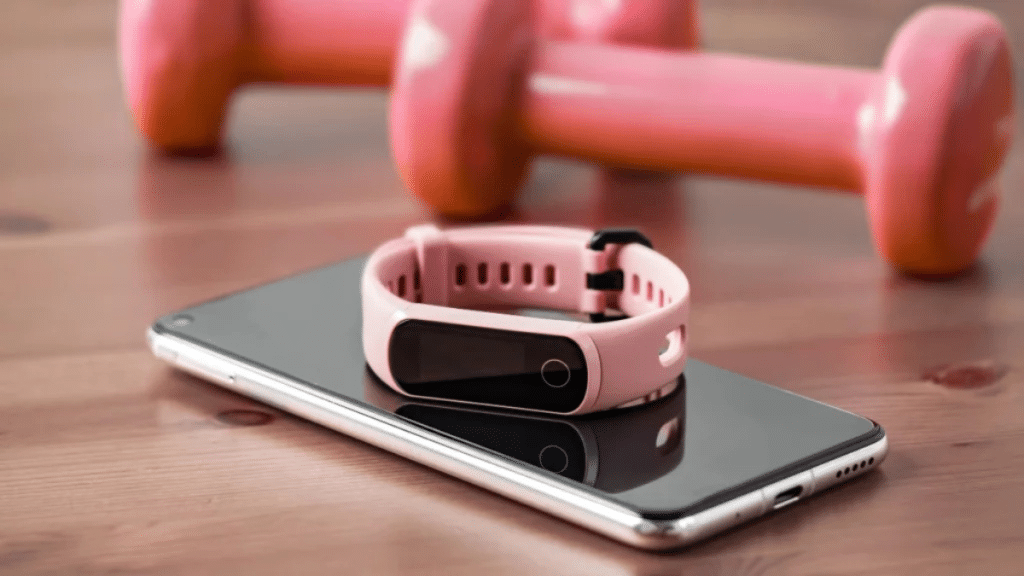In recent years, wearable technology has been making waves in numerous industries, from fitness tracking to smart home automation. However, one of the most groundbreaking applications of wearables is their role in transforming clinical trials. As the healthcare industry embraces digital solutions, wearable technology has emerged as a critical tool for advancing medical research and improving patient participation. Wearables offer an innovative way to bridge the gap between patients and healthcare providers, especially in the realm of clinical trials. With the ability to monitor patients remotely, wearables are helping create a more accessible and inclusive approach to research that benefits both patients and researchers alike.
The Shift Toward Remote Clinical Trials
Traditionally, clinical trials have required participants to visit medical centers regularly for check-ups, tests, and evaluations. While this allows researchers to gather vital information, it also limits participation. For patients, especially those living in rural areas or with mobility challenges, traveling to a clinical site can be a significant barrier. In fact, many potential participants are excluded from trials simply because they are unable to commit to frequent in-person visits.
Wearable technology, however, is changing this dynamic. By collecting real-time health data from participants in their own homes, wearables enable remote monitoring, making it easier for patients to stay involved in clinical trials regardless of their location. This not only reduces the logistical challenges associated with travel but also increases the pool of potential participants, making clinical research more diverse and representative of real-world populations.
How Wearables Enhance Patient Monitoring
The integration of wearables in clinical trials allows researchers to track a participant’s health data continuously, capturing a much more detailed and accurate picture of their condition. Traditional clinical trials rely on periodic check-ups and self-reported data, which can be limited and subject to human error. Wearables, on the other hand, provide objective, real-time data that researchers can use to make informed decisions. This can include vital signs like heart rate, blood pressure, and oxygen levels, as well as more specific metrics like glucose levels or sleep patterns.
In clinical trials for chronic conditions or diseases that require long-term monitoring, the ability to gather consistent data over time is invaluable. Wearables offer a level of precision and consistency that was previously impossible to achieve. The data collected can be immediately sent to research teams, allowing for faster analysis and quicker adjustments to treatment protocols if necessary. This real-time monitoring can also help identify potential health issues early, allowing for timely intervention and better outcomes for patients.
Increasing Participation and Inclusivity
One of the most exciting aspects of wearable technology in clinical trials is its potential to increase participation and make trials more inclusive. Historically, certain groups, such as those in remote areas, elderly patients, and individuals with disabilities, have been underrepresented in clinical research. These populations often face significant barriers to participating in trials, including travel distance, time commitments, and physical limitations. Wearable devices can eliminate many of these obstacles, enabling patients to engage with trials on their own terms.
Additionally, wearables are capable of tracking a variety of health metrics, making it possible to monitor a broader spectrum of diseases and conditions. This allows researchers to include more diverse patient groups in trials, ensuring that the data they gather is reflective of the entire population rather than just a narrow subset. As a result, clinical trials can become more representative, and treatments can be tailored to the needs of different demographics.
Reducing Costs and Time Delays
Clinical trials are often expensive and time-consuming, requiring significant resources to recruit, monitor, and track patients. Wearable devices can help streamline many of these processes. By enabling remote monitoring, wearables reduce the need for frequent in-person visits, which can lower costs associated with travel and staff time. Researchers can gather data continuously, leading to faster analysis and decision-making. This means that trials can potentially be completed in a shorter amount of time, reducing the overall cost of the study.
Furthermore, the real-time data provided by wearables can speed up the process of patient assessment and treatment adjustments. In traditional clinical trials, researchers may have to wait for scheduled visits to receive updates on patient progress. With wearables, they can monitor patient conditions around the clock, leading to more efficient trials and quicker responses to changes in the participant’s health.
The Future of Wearables in Clinical Trials
As wearable technology continues to evolve, so too will its role in clinical trials. The development of new, more advanced sensors and data analytics tools will further enhance the accuracy and efficiency of remote monitoring. In the future, wearables may even be able to predict health events before they occur, allowing researchers to intervene proactively.
Additionally, the integration of wearables with other digital health technologies, such as mobile health apps and telemedicine platforms, will create an even more connected and comprehensive system for managing clinical trials. These advancements will not only improve the efficiency of clinical trials but will also pave the way for personalized medicine, where treatments can be tailored to an individual’s unique health data.
A New Era of Clinical Trials: The Transformative Power of Wearables
Wearable technology is poised to revolutionize clinical trials by increasing accessibility, reducing costs, and enhancing the quality of data collected. As remote monitoring becomes more commonplace, the barriers that have historically limited patient participation in clinical trials will continue to fade away. By leveraging the power of wearables, researchers can conduct more inclusive, efficient, and impactful trials, ultimately leading to better outcomes for patients and faster advancements in healthcare. In this new era of accessibility, wearables are not just enhancing clinical trials—they are reshaping the entire landscape of medical research.

